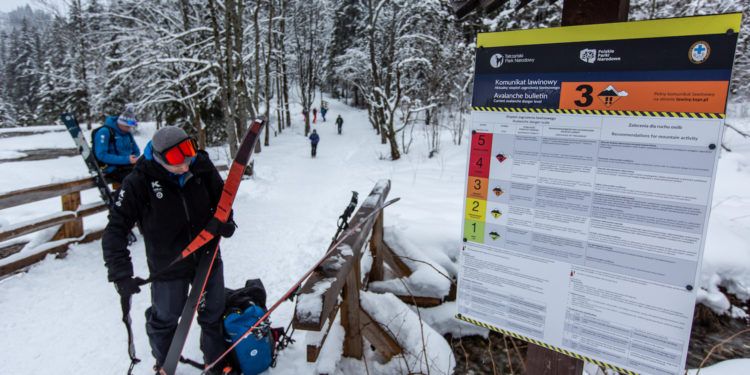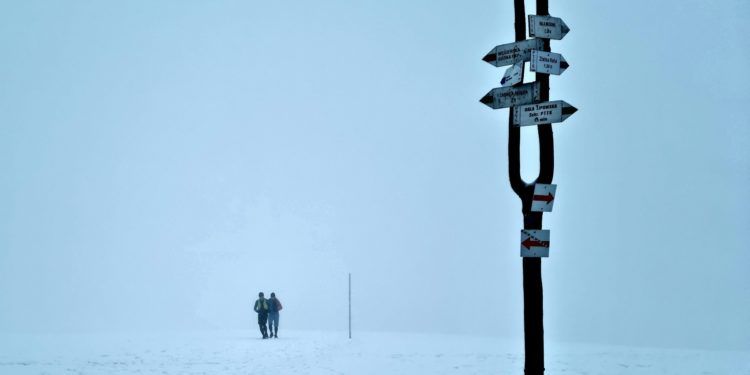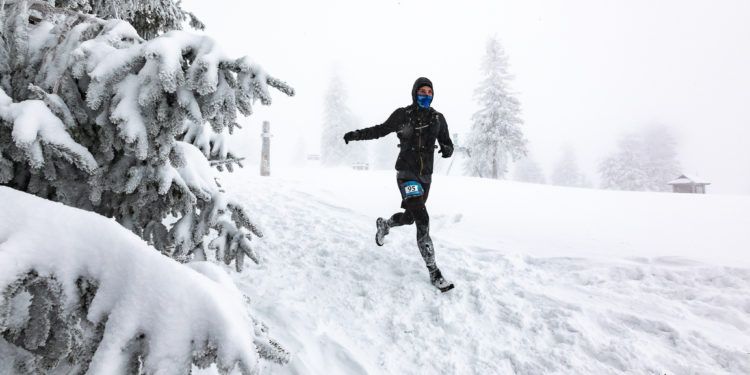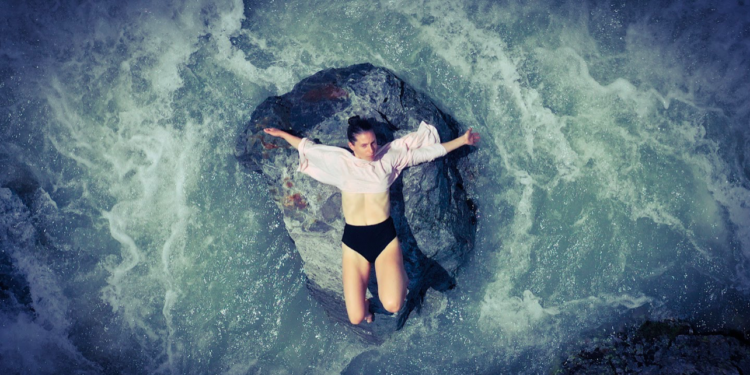How to read an avalanche message?
The avalanche message announced for the Polish part of the Tatra Mountains by TOPR is one of the most important sources of information about conditions on the trails. Rescuers remind people not to treat 1. or 2. The degree of avalanche danger as a green light. Accidents happen even at the “avalanche one”.
The avalanche communiqué provides information on the degree of avalanche danger on a given day, possible changes in the danger level and the history of these changes over the past two days. It uses a five-level avalanche scale (used since 1993 by organizations cooperating within the European Association of Avalanche Warning Forecasting Services (EAWS)) to describe the level of danger in terms of the likelihood and potential size of avalanches.
As emphasized by Jan Krzysztof, Head of TOPR and substantive supervisor of the PZU Avalanche Courses action, 1. whether 2. grades cannot be treated as a green light for taking more risks:
Avalanche accidents can happen as early as the first degree. Avoiding an accident is then admittedly the easiest way, but it requires knowledge and vigilance. The first and second levels of avalanche danger are usually encountered for 2/3 of the winter. Hence and most people who practice sports and tourism in the mountains in such conditions. Low grade and a small amount of snow often put the vigilance to sleep, and yet the first grade, is also an avalanche risk.
 fot. Franek Przeradzki
fot. Franek Przeradzki
It is important to remember that the avalanche message applies to a very large area, and the stability of the snow cover is different for each square meter of the slope. That’s why, when planning a trip to the mountains, you should pay attention to the information published by TOPR about the altitude and exposure in relation to the directions of the world, or the main avalanche problems. Jacek Będkowski, organizer of the PZU Avalanche Courses campaign, explains:
You should be able to relate this information to the planned route of your trip. For example, if the increase in danger is associated with intense snowfall accompanied by wind, the leeward slopes will be places where the risk of triggering an avalanche will probably be higher. So, after reading the message, you need to think about whether you will be moving on a given day in an area where this danger is greatest. Of course, this is just one of the many situations you can encounter in the mountains. A way to better understand what factors affect the stability of snow cover and how to analyze this information available to us is certainly to attend an avalanche course conducted by TOPR rescuers. This is such a staple for those who plan to skydive or hike in the Tatra Mountains.



